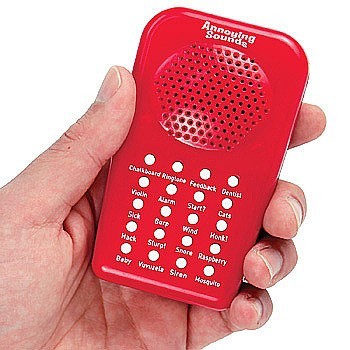
Dolby says that its Dolby Audio codec delivery tech lets streaming services automatically optimize loudness on devices that support Dolby Audio playback. Some Yamaha soundbars, like the YAS-209, have a feature called “ Dynamic Range Compression.” Sonos soundbars have “Night Mode” and “Dialog Boost” that you can enable through the app (though, as a Sonos Beam owner, I can say these don’t make as much difference as I’d like.) Roku also sells a couple of soundbars that double as streaming players, with the same great leveling features you’d find in its standalone streaming boxes and sticks.Īnd if all else fails, you can wait for the industry to sort things out.
ANNOYING SOUNDS STREAMING TV
If your smart TV or streaming device doesn’t offer volume leveling (looking at you, Nvidia Shield TV and the new Chromecast), your soundbar or A/V system might provide something comparable. On Roku players, turning on volume leveling had a similar impact, but in the opposite direction: Quieter programs like Lost in Space got louder to match the likes of Precious Cargo or Gods of Egypt. With the Fire TV’s volume leveling feature, for instance, the average decibel level for Precious Cargo dropped from 59.7- to 50.6dB. In my tests, the impact of these features was sometimes dramatic. Vizio SmartCast TVs: From the menu, head to Audio and turn on Volume Leveling.

LG WebOS TVs: Check under Settings > Sound > Volume Mode for a setting called “Auto Volume.”.Samsung Smart TVs: Check under Settings > Sound > Expert Settings for a setting called “Auto Volume.”.

Apple TV: Head to Settings > Video and Audio, then enable “Reduce Loud Sounds.”.Fire TV devices: Head to Settings > Display & Sounds > Audio > Advanced Audio and enable “Volume Leveler.” (You can also turn on a dialog booster from the same menu.).Roku players and TVs: Press * while playing video, scroll to Volume mode, and select “Leveling.”.

Volume-leveling features on streaming devices can make a huge difference in keeping apps from getting too loud.


 0 kommentar(er)
0 kommentar(er)
